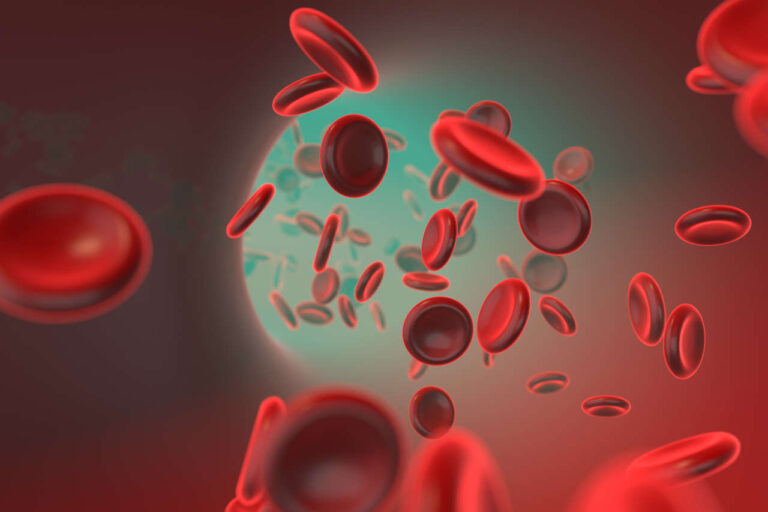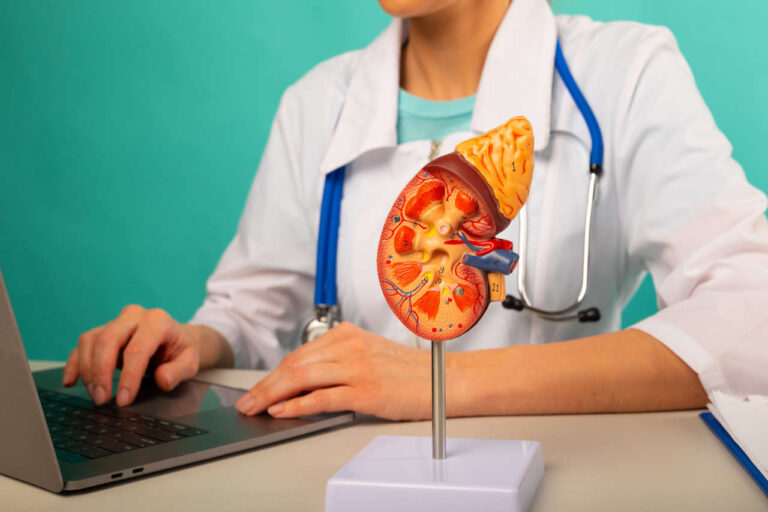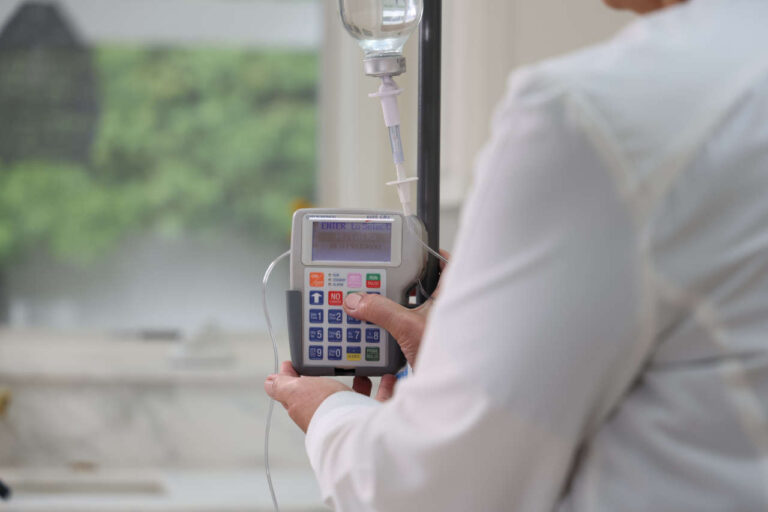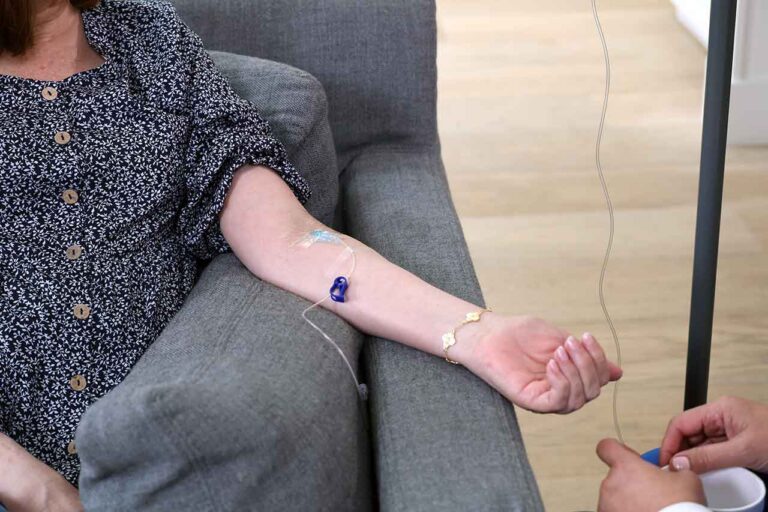
Subcutaneous immune globulin (SCIG) is a type of immunoglobulin therapy used to strengthen the immune system of patients with immunodeficiency disorders or patients whose body does not make enough immunoglobulins (antibodies). This therapy has recently gained popularity and is considered a promising and effective treatment option due to its convenience, efficacy, and reduced risk of systemic side effects compared to intravenous immune globulin (IVIG) therapy.
Speak to a Specialist
About Copay AssistanceThe aim of this article is to provide a comprehensive guide for patients who are about to experience SCIG treatment and are curious about what to expect and its benefits. By the end of this article, you will gain an understanding of what SCIG is, how it differs from IVIG, its potential benefits, associated risks, and the conditions for which it is typically recommended.
What Is Subcutaneous Immune Globulin?
In SCIG therapy, a patient receives a solution containing a purified form of antibodies (consisting of 97-98% of IgG and a small ratio of IgM and IgA) extracted from the healthy donor’s blood. These antibodies are the essential components of our immune system and play a vital role in fighting off infections and diseases. SCIG offers an effective way to manage various medical conditions ranging from immunodeficiencies to autoimmune diseases.
How Is It Given?
SCIG is administered subcutaneously, meaning it is given as a subcutaneous injection under the skin, specifically in the deepest layer of the skin. The common subcutaneous injection sites include the upper arms, thighs, and abdomen.
The administration procedure of SCIG is easy to learn, and teenagers or elderly patients can easily inject themselves at home after receiving proper training from their healthcare providers.
How SCIG Differs From IVIG
SCIG and IVIG are both forms of immunotherapy used to strengthen the immune system but differ in several aspects. For instance, IVIG is administered intravenously, where the immunoglobulin solution is directly infused into the bloodstream through a vein, while SCIG is injected under the skin.
Furthermore, the administration frequency also varies between SCIG and IVIG therapy. IVIG is usually administered less frequently, typically once every few weeks or even once a month, as the higher concentration of antibodies in the intravenous infusion lasts longer in the bloodstream.
On the other hand, SCIG is typically given more frequently, often on a weekly or bi-weekly basis, as the slow absorption of antibodies requires more frequent doses to maintain adequate levels in the body.
Potential Benefits of Subcutaneous Immune Globulin Therapy
SCIG therapy offers several benefits, making it a valuable treatment option for patients with various medical conditions. Some of the key advantages of receiving SCIG therapy are as follows:
Convenience and Flexibility
One of the major advantages of SCIG therapy is the convenience it offers to patients. Instead of spending hours at a hospital or clinic for IV infusions, you can self-administer at home, thereby reducing the disruption to your daily life.
Reduced Risks of Systemic Side Effects
SCIG has been shown to have a lower risk of systemic side effects like headaches, fever, or chills compared to IVIG. When administered subcutaneously, the slow and gradual absorption of antibodies allows the body to adapt more comfortably to the treatment, resulting in fewer immediate reactions and a more stable immune response.
Enhanced Quality of Life
Due to the self-administration option and fewer systemic side effects, individuals undergoing SCIG therapy reported improved quality of life. They were able to participate in daily activities without the burden of frequent hospital visits.
Control Over Treatment Timing
With SCIG, patients have the flexibility to choose the timing of their treatments, allowing them to adjust the schedule as needed to accommodate personal commitments or other medical treatments.
Less Intrusive Procedure
SCIG administration involves a small subcutaneous injection, which is generally less intrusive and more tolerable for patients compared to intravenous infusions.
Can SCIG help?
Free Treatment InfoRisks and Complications Associated With SCIG
Like any other treatment, SCIG therapy also has some risks and complications.
Local Injection Site Reactions
Some patients may experience mild reactions at the injection site, such as redness, swelling, or itching. These reactions are usually temporary and subside on their own after 24 – 48 hours.
Systemic Side Effects
Although less common than IVIG, some patients might still experience mild systemic side effects, such as fatigue or muscle aches. However, these side effects generally diminish with time.
Infections
As with any medical procedure involving needles, there is a minimal risk of infection. However, following proper hygiene and sterile techniques during administration can significantly reduce this risk.
In What Cases Is SCIG Recommended?

SCIG is generally recommended when a patient has the following conditions:
Primary Immunodeficiency Diseases
SCIG is commonly recommended for individuals with primary immunodeficiency diseases with antibody deficiency like XLA or agammaglobulinemia. In these conditions, the immune system becomes impaired and leads to recurrent infections. SCIG helps boost their immune response and reduce the frequency of infections.
Neurological Disorders
Some neurological disorders can benefit from SCIG therapy, as it can help modulate the immune response, reduce inflammation, and potentially slow down the progression of certain conditions.
Inflammatory Conditions
SCIG is approved to treat inflammatory disorders like chronic inflammatory demyelinating polyneuropathy (CIDP). This condition occurs due to excessive immune responses and can be managed effectively with SCIG therapy, which offers relief and better disease control.
Precautions To Follow Prior to SCIG Therapy
Before undergoing therapy, certain precautions should be taken to ensure a safe and effective treatment experience.
- Inform your healthcare provider if you have any medication or Ig product allergies.
- Discuss the risks or benefits of SCIG therapy with your healthcare provider if you are pregnant or planning to breastfeed.
- Inform your healthcare provider if you are taking any medication or vaccination, as medications may interfere with treatment.
Get Financial Assistance for SCIG
FAQs
Can I self-administer SCIG therapy at home?
Yes, with proper training and guidance from healthcare professionals, you can self-administer this therapy in the comfort of your home.
Are there any long-term risks?
Long-term risks of therapy are generally minimal. Regular monitoring and follow-up with your healthcare providers can help identify and address any potential concerns.
Is SCIG suitable for children?
Yes, it can be used in children with certain medical conditions. Pediatric patients may require adjustments in dosing and administration based on their age and weight.
How effective is SCIG in treating immunodeficiency disorders?
SCIG has proven to be highly effective in managing immunodeficiency disorders, reducing the frequency of infections, and improving overall immune function.
Is this therapy as effective as IVIG?
Yes, studies have demonstrated that SCIG is as effective as IVIG for most immunodeficiency and immunomodulatory conditions.
Is it safe?
Yes, SCIG is considered a safe product as it is made from blood with a low risk of containing agents that cause diseases such as AIDS (HIV), hepatitis B, hepatitis C, and variant Creutzfeld-Jacob disease (vCJD), also known as “mad cow disease.”
The blood donors undergo extensive testing to ensure their blood is safe for use. In addition, it is treated to eliminate any viruses that could cause AIDS (HIV), hepatitis B, or hepatitis C.
REFERENCES:
- Kobrynski, L. (2012). Subcutaneous immunoglobulin therapy: A new option for patients with primary immunodeficiency diseases. Biologics: Targets & Therapy, 6, 277-287. https://doi.org/10.2147/BTT.S25188
- Misbah, S., Sturzenegger, M. H., Borte, M., Shapiro, R. S., Wasserman, R. L., Berger, M., & Ochs, H. D. (2009). Subcutaneous immunoglobulin: Opportunities and outlook. Clinical and Experimental Immunology, 158(Suppl 1), 51-59. https://doi.org/10.1111/j.1365-2249.2009.04027.x
- Moore, M. L., & Quinn, J. M. (2008). Subcutaneous immunoglobulin replacement therapy for primary antibody deficiency: Advancements into the 21st century. Annals of Allergy, Asthma & Immunology, 101(2), 114-121. https://doi.org/10.1016/S1081-1206(10)60197-4
- Epland, K., Suez, D., & Paris, K. (2022). A clinician’s guide for the administration of high-concentration and facilitated subcutaneous immunoglobulin replacement therapy in patients with primary immunodeficiency diseases. Allergy Asthma Clin Immunol, 18(1). https://doi.org/10.1186/s13223-022-00726













